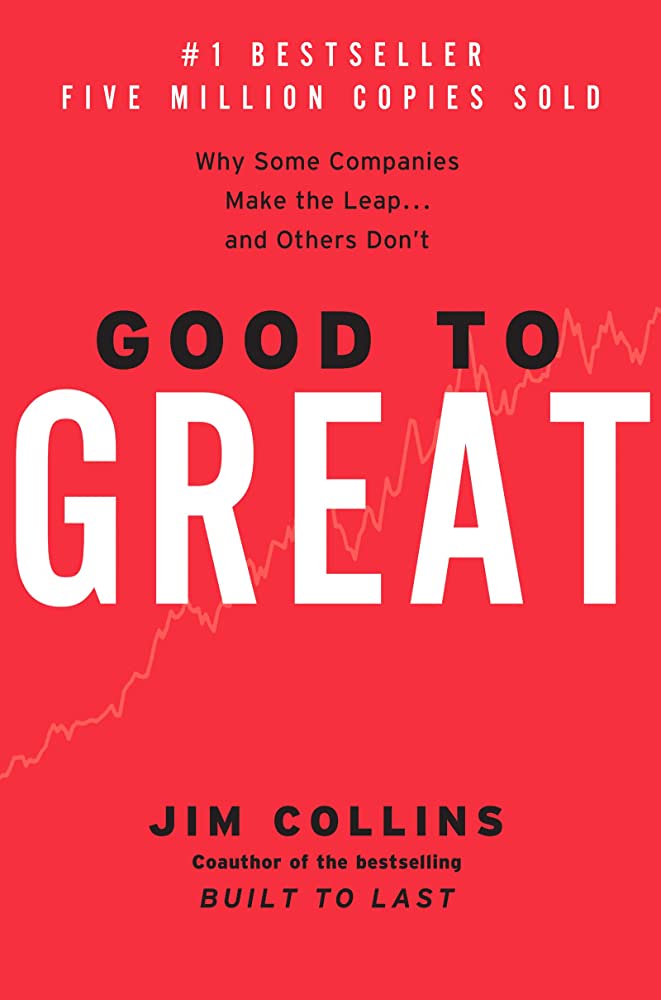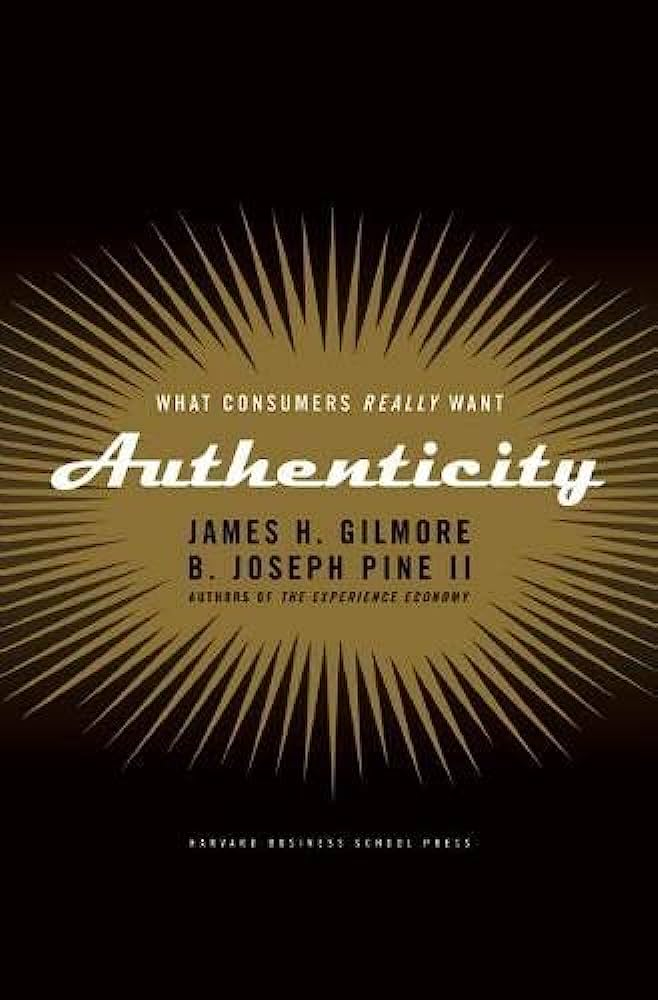Contagious
RATING


Contagious: Why Things Catch On is a dive into the concept of viral marketing and how something can be shared to the point of being a cultural phenomenon. Berger makes it clear that he believes in the importance of discussion in the success of a product, naming word-of-mouth as the primary driving force behind the shaped perception of a product.
His research identifies six factors that contribute to viral ideas: Social Currency; Triggers; Emotion; Public; Practical Value; and Stories. This system, or STEPPS, combines the six concepts together in a collective description of what a viral idea is and why it has the legs to pervade the minds of others.
The author emphasizes the importance of word-of-mouth advertising and how it is the referral system that makes a product or video truly “viral.” STEPPS is a great tool to help estimate the amount of exposure that an idea will have. Specific case studies are used to elaborate upon the six factors, and this is where the author shines. Berger uses the examples to describe the otherwise dumbfounding results of studies to clarify how word-of-mouth plays into the prominence of a brand.
Even though the book goes to great lengths to outline the STEPPS system, it merely is taking an external observation of what contributes to viral marketing. The book does not delve into specific behaviors that people take when subject to viral marketing techniques. Rather, it notes what may be causing the phenomenon of viral marketing and cites questionable terminology and figures. Much of what is presented is generally common knowledge for most individuals and becomes repetitive throughout the chapters.
If you said advertising, think again. People don’t listen to advertisements, they listen to their peers. But why do people talk about certain products and ideas more than others? Why are some stories and rumors more infectious? And what makes online content go viral?
Wharton marketing professor Jonah Berger has spent the last decade answering these questions. He’s studied why New York Times articles make the paper’s own Most E-mailed List, why products get word of mouth, and how social influence shapes everything from the cars we buy to the clothes we wear to the names we give our children. In this book, Berger reveals the secret science behind word-of-mouth and social transmission. Discover how six basic principles drive all sorts of things to become contagious, from consumer products and policy initiatives to workplace rumors and YouTube videos.
Contagious combines groundbreaking research with powerful stories. Learn how a luxury steakhouse found popularity through the lowly cheese-steak, why anti-drug commercials might have actually increased drug use, and why more than 200 million consumers shared a video about one of the seemingly most boring products there is: a blender. If you’ve wondered why certain stories get shared, e-mails get forwarded, or videos go viral, Contagious explains why, and shows how to leverage these concepts to craft contagious content. This book provides a set of specific, actionable techniques for helping information spread—for designing messages, advertisements, and information that people will share. Whether you’re a manager at a big company, a small business owner trying to boost awareness, a politician running for office, or a health official trying to get the word out, Contagious will show you how to make your product or idea catch on.
Contagious offers a unique perspective at viral marketing, a relatively young topic, and how word-of-mouth advertising has become a standard within the industry. In particular, the book is best used in tandem with research books involving customer behavior and tendencies. The Ultimate Question 2.0 and “I Love You More Than My Dog” complement this book well by providing insight concerning promoters (who promote using word-of-mouth) and how to create a loyal customer base.

This book deals almost solely with the analysis of viral marketing factors, using these factors as the basis for creating an idea that permeates the minds of a populace. In regards to viral marketing, this is purely a research book with a minor emphasis on application through STEPPS. As stated previously, however, it should be noted that as a comprehensive observation of the customer, Contagious is best used as a supplementary material to other books.
See content on this topic


Understand the value of a customer-oriented analytics package and how behavioral scenarios can be used to improve profitability through influencing behavior and usage.
To understand the principles of game dynamics and learn how to effectively use the elements of gamification in business: to involve customers, employees and contractors in the process.
Understanding branding and communications from the standpoint of emotional engagement and building relevant and meaningful dialogue with customers.
This course covers a complete view of customer touch points (both physical and virtual) and a unique model for standardizing and managing customer contact models across channels including approaches for customer feedback, quality management, and migration.
Experiential Branding & Communications – Improving Brand Integration Through Emotional Engagement.
This course covers a complete view of customer touch points (both physical and virtual) and a unique model for standardizing and managing customer contact models across channels.




 Copy Link
Copy Link
 E-mail
E-mail
 LinkedIn
LinkedIn
 Facebook
Facebook
 Telegram
Telegram
 WhatsApp
WhatsApp
















 Go Back
Go Back
Leave a Reply
You must be logged in to post a comment.